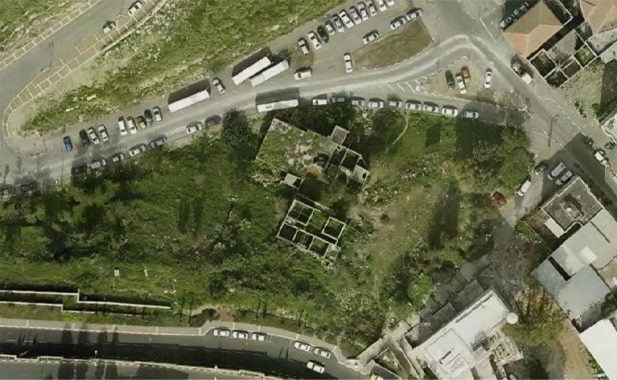
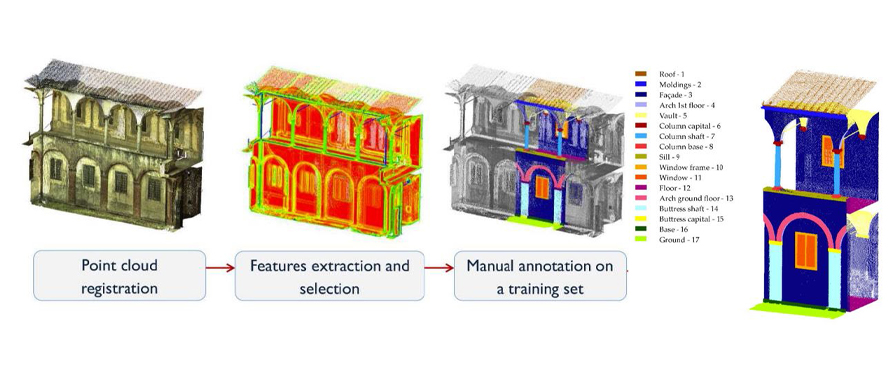
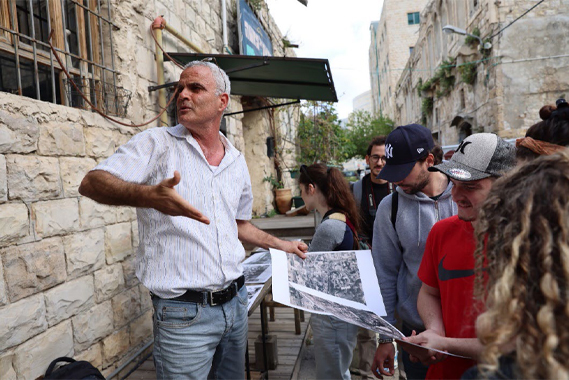
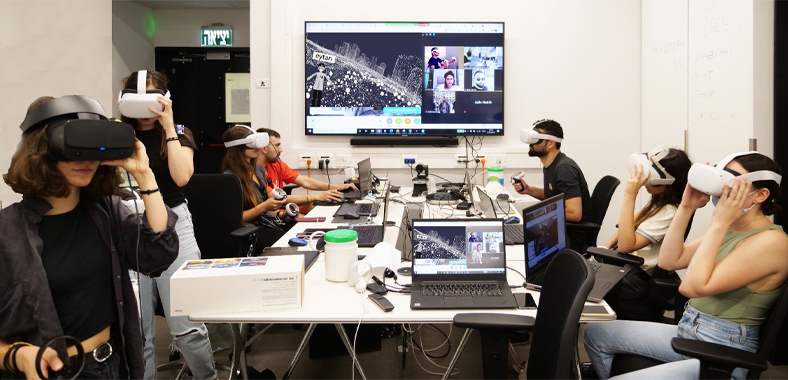
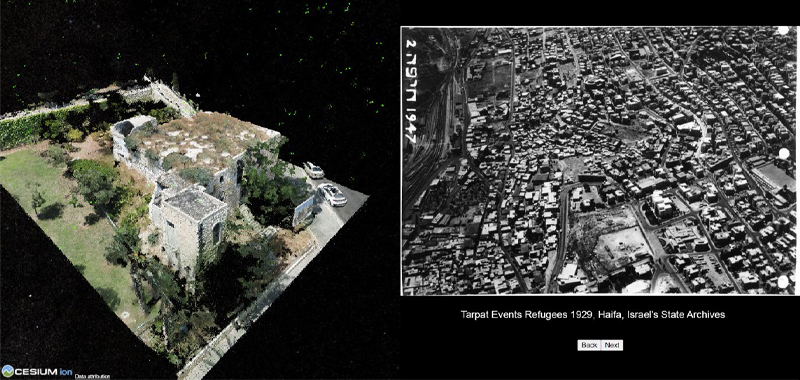
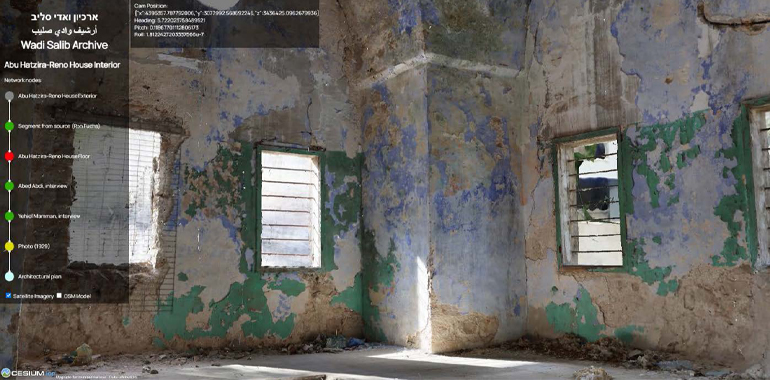
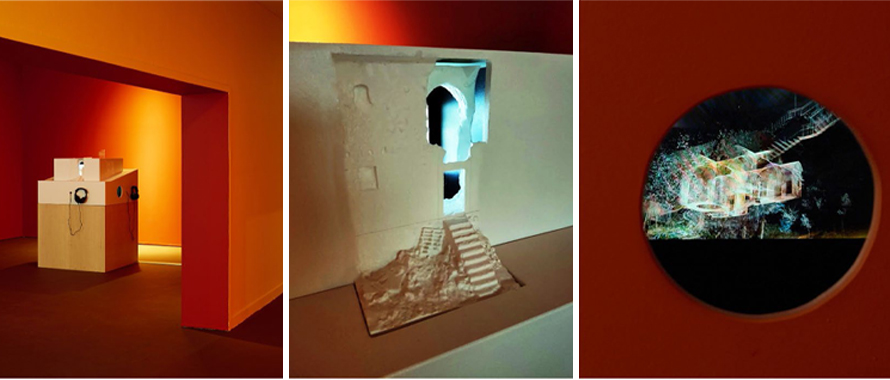
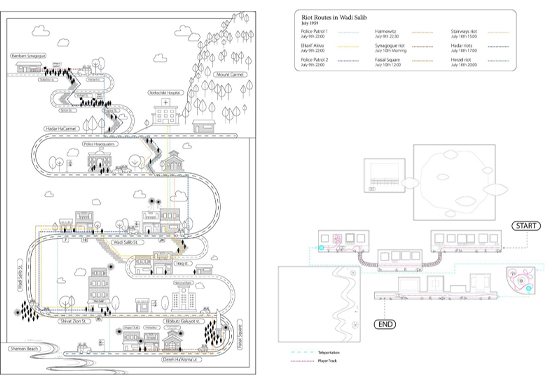
The dissertation explores how built heritage preservation can cope with conflicting historical narratives. In sites with multiple layers of narratives and contested histories, preservation practices often fail to capture nuanced historical significance. Sites like these illustrate the need to move beyond physical preservation to record and experience heritage. While architectural intervention can give meaning to ruins, it often fails when it comes to contested sites that hold multiple layers of narratives.
Examining the history of built heritage preservation, I identify dichotomies entrenched within this field of knowledge. I argue that three dichotomies, Past-Present, Object-Subject, and Site-Archive, are productive in defining an alternative approach based on computational design that bridges tangible and intangible, real and virtual, site and archive, for built heritage preservation. I propose a method for designing a virtual environment that integrates elements of the site and the archive to provide a multi-narrative experience of history.
With regard to digital heritage and computational tools of built heritage, I suggest a shift away from realistic reconstructions to critical assemblies of materials, which I term SiteArchive Assemblies. Stemming from the identified dichotomies, I propose three strategies for exposing and discussing how histories of sites are constructed: Temporal Assembly, examining techniques of pulling the past into the present; Transmedia Assembly, studying the translation between epistemologies of various media; and Quasi-Object Assembly, envisioning the heritage object as comprised of multiple elements. As a result of analyzing case studies and conducting a series of teaching explorations, I propose a mixed reality technology methodology. This methodology combines environmental sensing, AI, and immersive real-time rendering into a critical design space that does not necessarily portray the past objectively but demonstrates many possible outcomes.
This dissertation studies the ruined landscape of Wadi Salib in Haifa, which underwent displacement and destruction during the twentieth century. Multiple narratives are woven together in Wadi Salib’s ruins – a past that might have been, a future that never was. A vast archive was compiled as a result of scanning various aspects of the site, manuscripts, images, and actual architectural elements. An integrated archival-architectural methodology is presented by deploying mixed reality tools, envisioning an architectural design practice for a critical built heritage of sites, and inventing a virtual architecture for studying heritage construction.